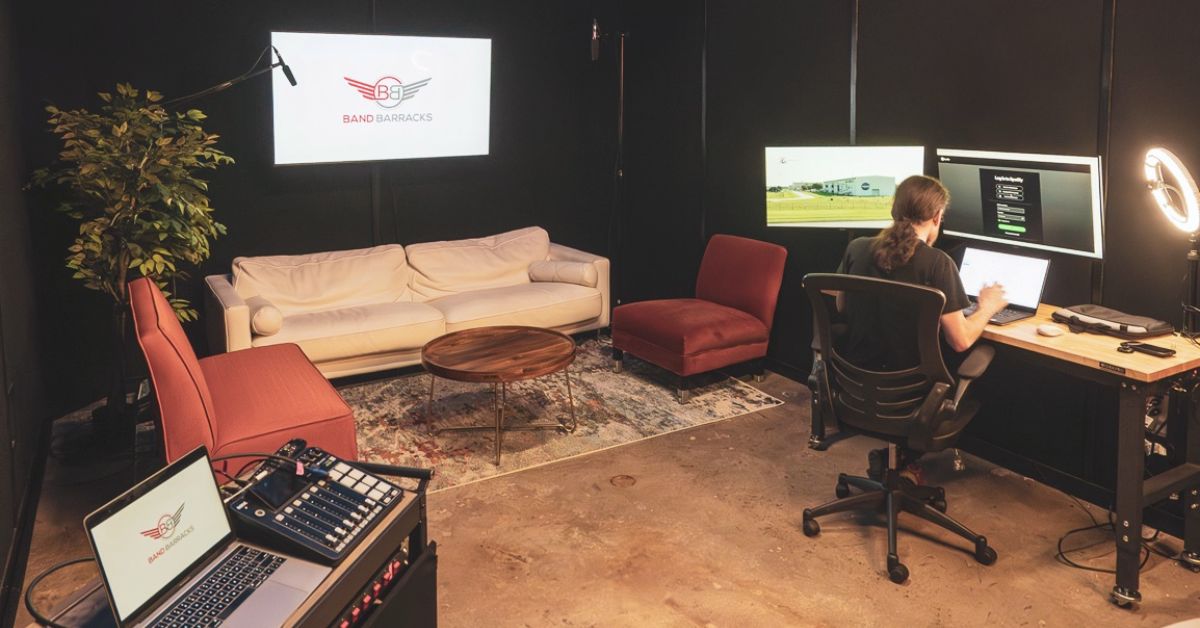Are you tired of background noise ruining your podcast? No matter the topic, delivering crystal-clear audio is essential to captivate and retain listeners. With these methods for eliminating podcast background noise, you’ll be well-equipped to produce professional, high-quality streams that your audience will love.
Choose the Right Recording Environment
Selecting an appropriate recording environment is the first step in eliminating background noise. Opt for a quiet room with minimal external noise, avoiding spaces with hard surfaces that can cause echoes.
If possible, record in a soundproofed room to achieve optimal audio quality. A professional podcast studio rental in Houston, TX, will have all the requisite amenities, including furnishings that can absorb sound and reduce ambient noise.
Monitor Your Levels
Monitoring your audio levels during recording is crucial for capturing clean sound. Consistent monitoring can help you catch and resolve issues before they affect your final recording.
Use headphones to listen in real time and adjust your levels accordingly. If you notice background noise creeping in, pause the recording and address the issue by moving to a quieter location or adjusting your microphone position.
Utilize Noise Reduction Software
Noise reduction software can be a lifesaver for podcasters dealing with background noise. There are various programs available that offer powerful noise-reduction capabilities.
To implement this software, start by recording a few seconds of silence to capture the ambient noise. Use this “noise profile” to train the software on what to eliminate from your podcast recording. Apply the noise reduction effect to the entire recording, adjusting the settings as needed to achieve the desired result.
Employ High-Pass and Low-Pass Filters
High-pass and low-pass filters are essential tools for clearing up your audio. They can be particularly useful for cleaning up dialogue and ensuring clarity, making them perfect for podcasters.
A high-pass filter removes low-frequency noise, such as hums and rumbles, while allowing higher frequencies to pass through. Conversely, a low-pass filter eliminates high-frequency noise, like hisses and electronic interference, while preserving lower frequencies.
Use a Noise Gate
A noise gate is a useful tool for reducing background noise during quiet passages of your recording. It works by automatically muting the audio when it falls below a certain threshold, which can help eliminate ambient noise between speech segments.
Most audio editing software includes a noise gate effect, allowing you to adjust the threshold, attack, and release settings to achieve the desired result. Noise gates are particularly effective for interviewers and solo podcasters who want to create a cleaner, more professional sound by reducing distractions.
Deliver an Exceptional Listening Experience
Eliminating background noise is crucial for producing a professional-quality podcast. With the right approach, you can achieve clean, clear audio every time. By considering these best practices, you’ll be well-equipped to deliver an exceptional listening experience for your audience.

